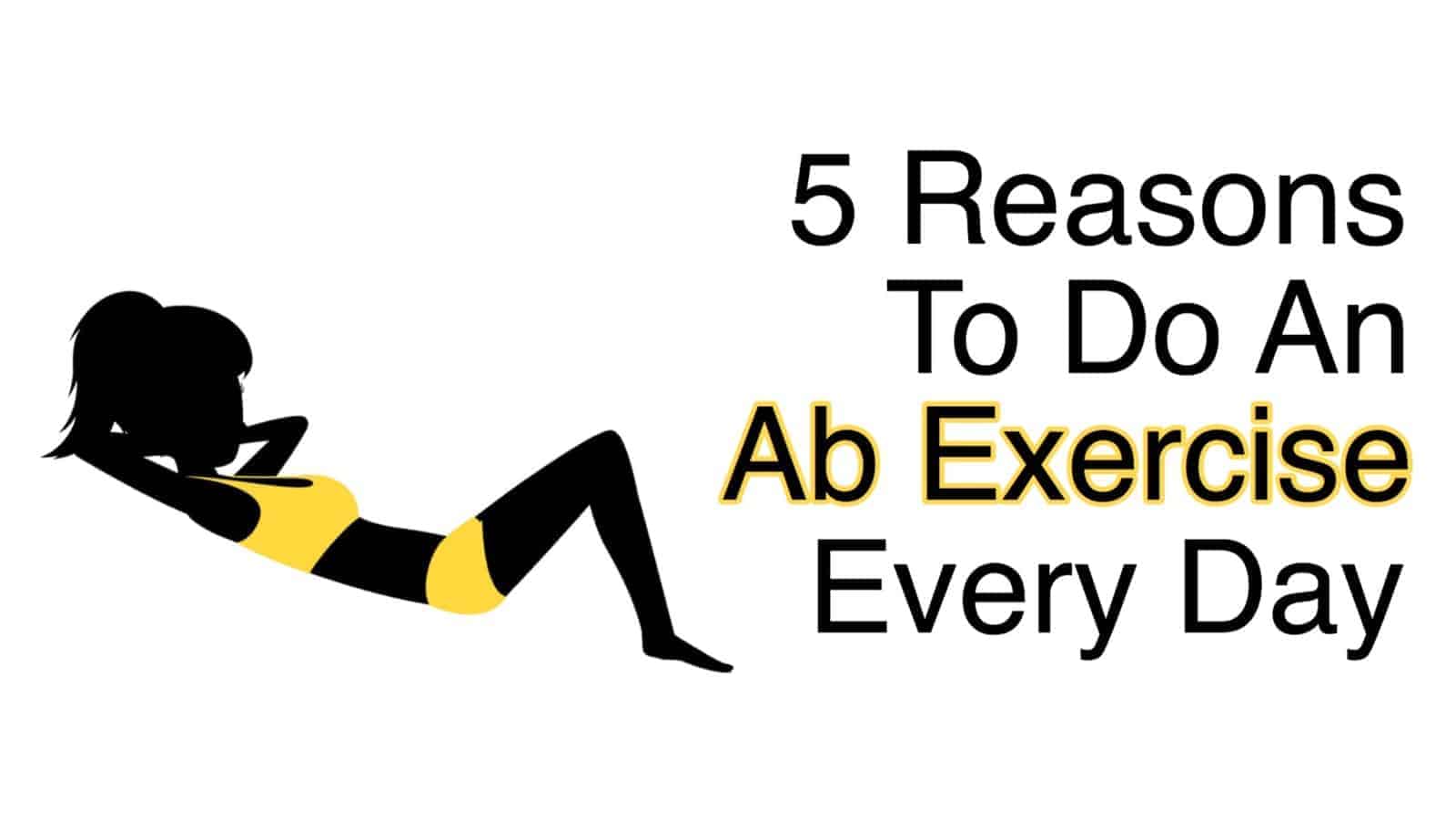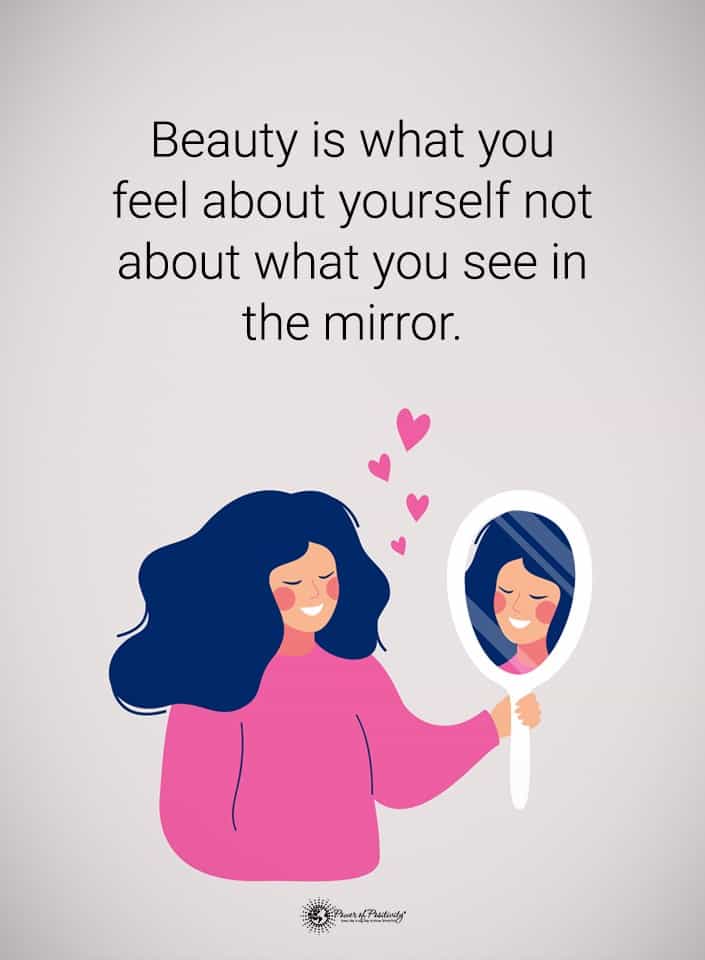“Although the interaction between our brain and gut has been studied for years, its complexities run deeper than initially thought. It seems that our minds are, in some part, controlled by the bacteria in our bowels.” ~ Tim Newman: “Gut bacteria and the brain: Are we controlled by microbes?”
“The gut-brain connection”
It’s a common misperception that one’s mental health relies solely on functions within the brain. Harvard Medical School (HMS) published an article titled “The gut-brain connection,” wherein the authors explain how “the brain and the gastrointestinal (GI) system are intimately connected.” The authors explain the following:
- The brain has a direct effect on the stomach and vice-versa.
- The brain and stomach send neuronal signals back and forth.
- Your gut is susceptible to emotions.
- Stress (including anxiety and depression) can affect movement and contractions of the GI tract.
- Interruptions of the GI tract may worsen inflammation and possibly reduce the immune system’s effectiveness.
- The distress felt within the gut can interfere with brain-gut/gut-brain transmission, called “signaling.”
- If signal interference is severe, gut distress can stimulate feelings of anxiety, depression, or stress.
The “Second Brain”
Most people believe, or once believed, that the gut was a trail of intestines and organs that somehow “worked” to eliminate waste. We now understand that the GI tract (gut) and its associated organs are much more complicated.
For example, over 90 percent of serotonin – the neurochemical responsible for happiness and mood – is produced in the gut. The gut also comprises an elaborate network of neurons, which allows it to interact with the central nervous system (CNS). The intricacy of our gut, precisely how the gut resembles a thinking organ, has earned it the nickname “the second brain.”
Gut Bacteria: Flora
The GI tract is home to a bacterial community called flora, responsible for stimulating and maintaining the standard functions of the gut. Digestive and immune health, for example, depend mainly on a stable network of healthy bacteria.
The absorption and synthesis of minerals and vitamins, something vital to physical and mental health, also relies on a healthy community of gut flora. This community of flora is also known as our gut’s microbiome.
Researchers Explain How Your Gut Bacteria Could Cause Mental Disorders
The microbiome and brain disorders
Researchers at the University of Cork discovered that “gene regulators,” which control “the expression” of cellular proteins, are heavily influenced by our microbiome. In turn, our microbiome affects the functioning of gene regulators.
As the gut-brain axis comprises cellular proteins, regulators and the gut play pivotal roles in the prevention and development of depression and anxiety.
But it may not end with depression or anxiety.
In an article titled “Gut, Autism, and ADHD,” Dr. Emily Deans explores the links between the microbiota at birth and illness later in life.
Here’s a rundown of Dean’s article:
- Nearly 1/3 of children in the U.S. are born via cesarean section (c-section).
- Compared to children born vaginally, babies born c-section display a “marked difference” in the makeup of their gut.
- Babies born naturally absorb commensal bacteria from the mother, whereas babies born via c-section do not.
- Babies born by c-section have noticeably higher rates of asthma, allergies, gastrointestinal problems and diabetes.
- There are “small but significant” increases in the risk of psychiatric disorders, including “bipolar disorder, autism spectrum disorders, and ADHD.”
Is there a definitive relationship between the gut and mental health?
This is an excellent question – and the answer is probably. Scientists have already found a high correlation between gut health and anxiety/depression. Science is well-known for never dabbling in absolutes – a fact that can frustrating to the rest of us.
For instance, in Dr. Deans states in her piece:
“ADHD and autism spectrum disorders are highly inherited, so a change in gut bacteria alone is only part of many risk factors that could lead to these disorders presenting in kids.”
That being said, medical tests do show differences in the gut makeup of autistic children.
As for the link between ADHD and gut microbiota, scientists from Finland ran an experiment which could have far-reaching implications for ADHD prevention and treatment.
Zero percent
In a 13-year study, Finish researchers decided to test the relationship – if any – between gut health and ADHD. Here’s a rundown of their experiment.
- 75 babies between 0-6 months of age consumed a probiotic (substance containing healthy bacteria) or a placebo.
- Random selection of children, with 80% born vaginally.
- At the study’s conclusion, 0% (zero children) from the probiotic group received a diagnosis of ADHD or autism.
- Among the placebo group, 17% received a diagnosis of ADHD or autism.
Final Thoughts on Gut Bacteria
All of the above is highly theoretical, of course. However, any and all variables that may help explain the relationship between physical and mental health merits further exploration.
If there’s one takeaway from this information, it’s that the gut health of our children is paramount!
We know of the link between gut and brain function. So this information is enough to warrant feeding our children healthy, whole foods to support their gut health.
Probiotics-rich foods include pickles, yogurt, kimchi, miso, and sauerkraut.











